Missing a key ingredient while cooking can be frustrating, especially when it comes to something as integral as beans. They’re a staple in many dishes, but not everyone has a well-stocked pantry with various or even one type of bean. This is where my expertise in bean substitutes comes in handy.
Being a prolific home cook, I've compiled a list of the best substitutes for kidney beans. Each one is ranked based on how closely they mimic the flavor and texture of kidney beans, so just start from the top when you need to substitute kidney beans in recipes.
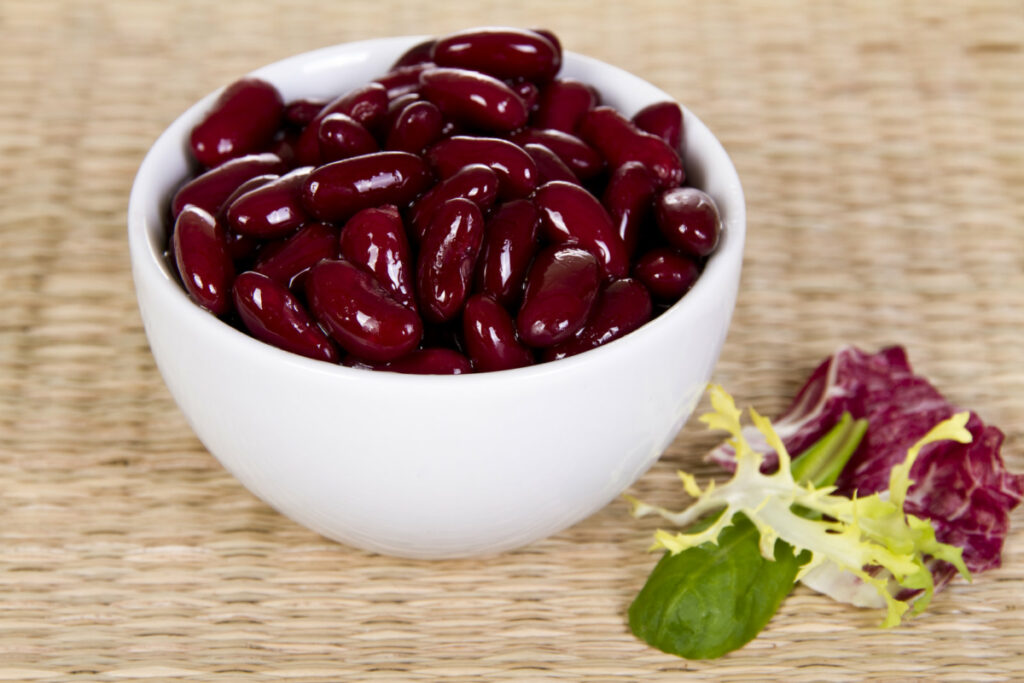
✨ Best Substitutes for Kidney Beans
Black Beans
1 cup of kidney beans = 1 cup of black beans
Black beans are popular in Latin American cuisine and many other dishes, including black bean soup, chilis, and even vegetarian burgers. If you’re aiming at substituting black beans for kidney beans, remember that they have a different texture, though quite similar flavors.
Black beans have a firmer texture and a slightly sweeter taste, but very similar umami meatiness. Yet, despite these differences, they still make an excellent recipe option.

Cannellini Beans (White Kidney Beans)
1 cup of kidney beans = 1 cup of cannellini beans
Cannellini beans, also commonly known as white kidney beans, are another flexible ingredient, as their creamy texture and mild flavor make them a perfect addition to any recipe, as they can complement various spices and ingredients.
The preparation process is straightforward, as well, whether you prefer to use canned or dried cannelinni beans.
When you’re using canned beans, be sure to rinse them thoroughly to remove excess salt or preservatives. If you opt for dried beans, soak them overnight to reduce the cooking time, then simmer them in water or broth until they are tender, then use as called-for.
Pinto Beans
1 cup of kidney beans = 1 cup of pinto beans
Pinto beans are an ideal substitute for kidney beans in soups, stews, chilis, and refried beans. These small, pinkish-brown beans are a staple in Mexican and Southwestern cuisine, offering any recipe a rich, nutty flavor and smooth texture, comparable to kidney beans.
Pinto beans are a highly versatile and nutritious ingredient used in various healthy dishes, as they’re rich in protein, fiber, iron, and other essential nutrients, making them an excellent choice for nutrient-dense dishes. These beans can absorb flavors particularly well, making them an excellent substitute for meat in vegetarian and vegan dishes.
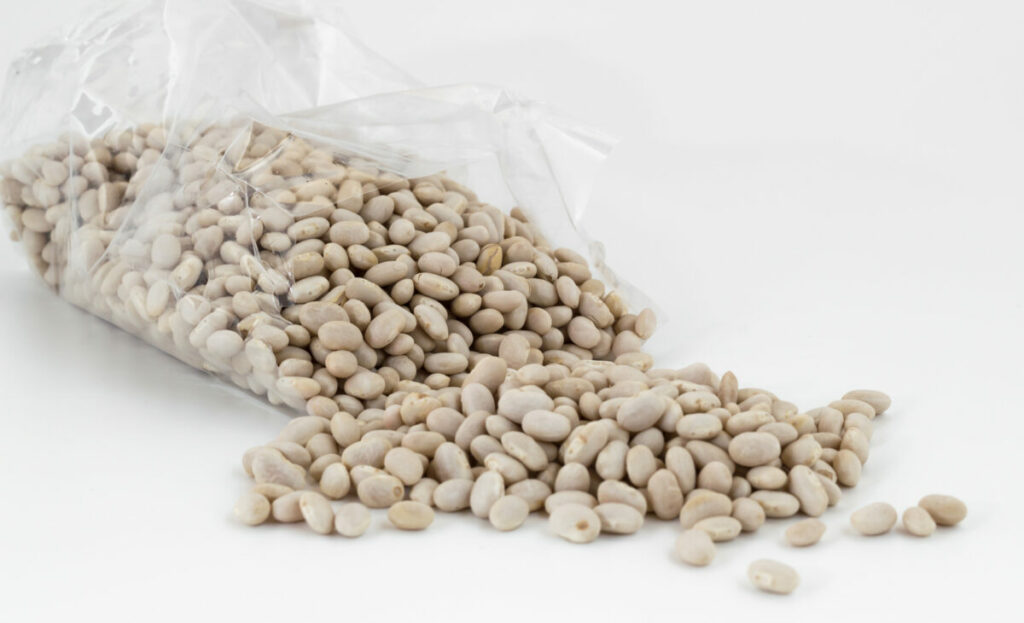
Navy Beans
1 cup of kidney beans = 1 cup of navy beans
Given their similar size and texture, navy beans, sometimes called haricot or white beans, make for a great alternative to kidney beans. They're a great addition to balanced vegetarian meals, as they are a good source of fiber, protein, and vitamins, with an even milder flavor that blends well with most spices.
Great Northern Beans
1 cup of kidney beans = 1 cup of great Northern beans
Great northern beans are a flexible and healthy alternative to kidney beans. These large, white beans pack a similarly mild flavor and creamy texture that make them an ideal addition to a wide range of dishes.
These massive beans are a fantastic ingredient to have on hand, as they're incredibly easy to use and blend well into most dishes that call for kidney beans. They cook in a similar amount of time but do require soaking, so you may need a bit more planning to them to your recipes.
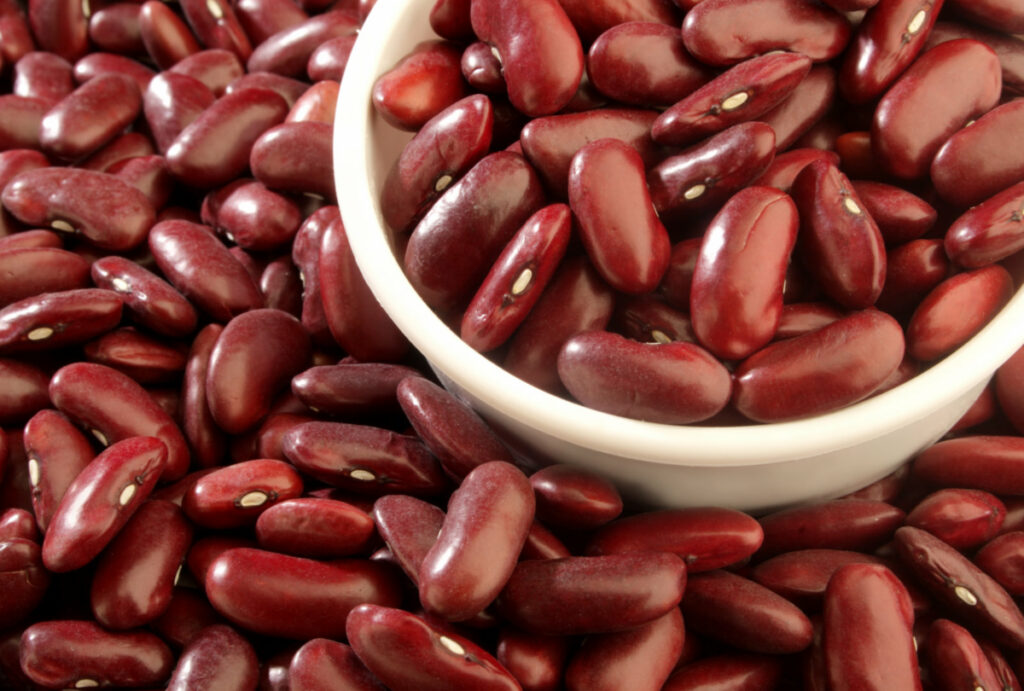
Red Beans
1 cup of kidney beans = 1 cup of red beans
Red beans are an excellent kidney beans alternative, because they have a distinct flavor and texture that adds comparable color and taste to dishes. These beans are smaller and more delicate than kidney beans, however, with a slightly sweeter taste that complements a range of spices and seasonings.
One of the best things about using red beans in your cooking is their versatility. They work well in a wide range of dishes, from hearty stews and soups to light and refreshing salads.
Borlotti Beans (Cranberry Beans)
1 cup of kidney beans = 1 cup of borlotti beans
Borlotti beans, also known as cranberry beans, are an excellent substitute for kidney beans because they have a creamy texture and a slightly nutty flavor that compliments most ingredients and dishes which call for kidney beans.
What makes borlotti beans stand out from the rest is that they work well in both hot and cold dishes, as their texture holds up. They also absorb flavors well, so they’re a great option if you’re looking to add some delicious bulk to your dishes.
Try cooking them with garlic, onions, and herbs like rosemary and thyme for a delicious and aromatic base. Though when cooking borlotti beans, you should soak them overnight to reduce their cooking time.
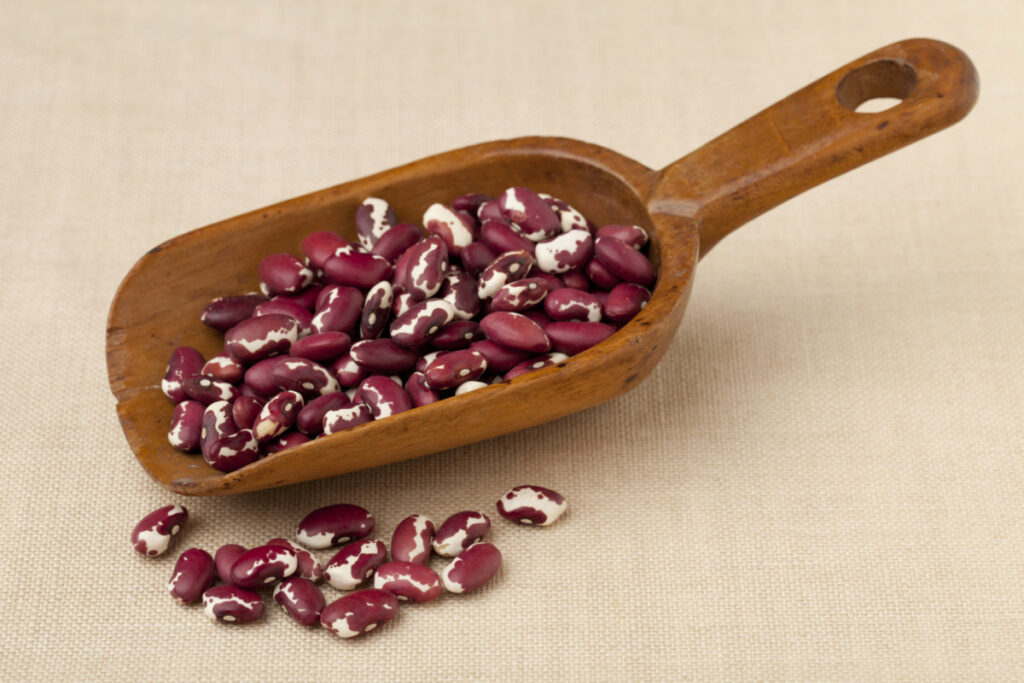
Anasazi Beans
1 cup of kidney beans = 1 cup of anasazi beans
You could also consider using Anasazi beans as a nutritious and tasty alternative to kidney beans. These beans are similar in size and texture to kidney beans, but with a uniquely sweet flavor that makes them stand out.
Anasazi beans are also incredibly versatile due to their slightly sweet and nutty flavor, which compliments a wide range of ingredients, from spicy chilies to fresh herbs and vegetables. Remarkably, they hold their shape well when cooked, providing a tender yet firm texture that adds a satisfying chewiness to any dish.
Mung Beans
1 cup of kidney beans = 1 cup of mung beans
Mung beans, a type of small green legume, are an excellent substitute for kidney beans, and a healthy addition to any meal. What makes mung beans a superb choice, in general, is their mild, slightly sweet flavor, allowing them to absorb various spices and seasonings.
They’re also easy to cook, and their tender texture adds a satisfying crunch to salads and a creamy texture to soups and stews. Not to mention, they’re also very affordable, widely available, and can be stored for long periods, making them a convenient pantry staple.
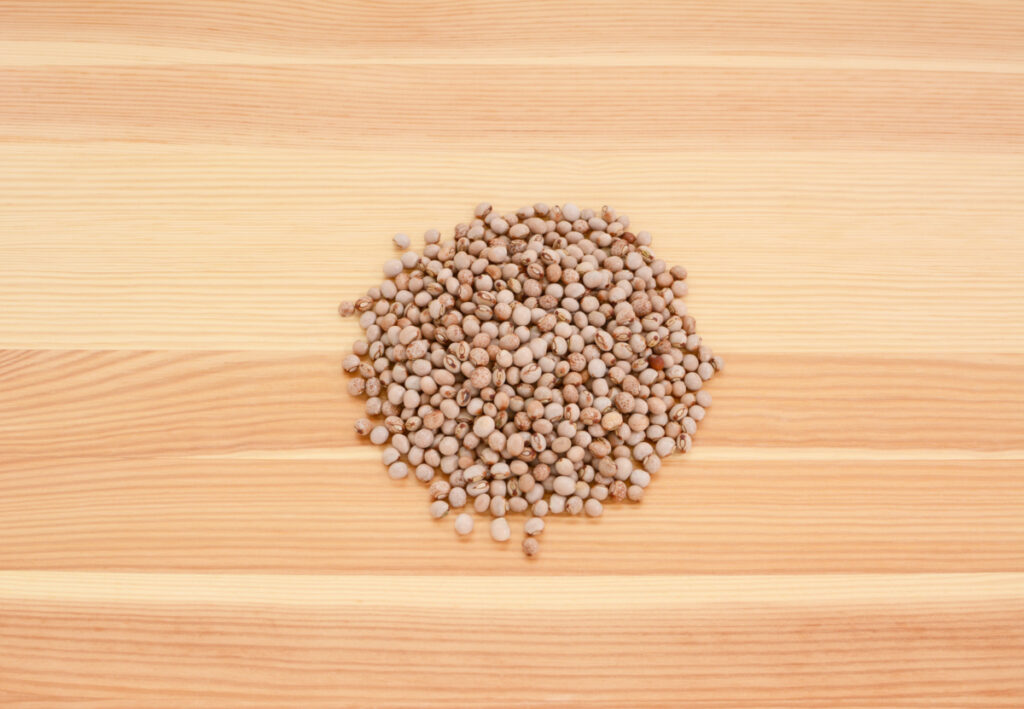
Pigeon Peas
1 cup of kidney beans = 1 cup of pigeon beans
Pigeon peas, also known as Congo peas or gungo peas, are a fantastic substitute for kidney beans in soups and stews. They're a staple in Caribbean and Latin American cuisine, with their creamy texture and slightly nutty flavor making for a delicious addition to many dishes.
These beans are an excellent source of protein, fiber, complex carbohydrates, and vitamins and minerals such as iron, potassium, and magnesium. You can also easily cook and use them in recipes for kidney beans like chili, bean salads, and rice and beans.
Lentils
1 cup of kidney beans = 1 cup of lentils
Lentils are an excellent plant-based protein source that makes a great alternative to kidneys. They are rich in fiber, protein, and essential vitamins and minerals, while low in fat and calories, making them perfect for weight loss and management. You can also cook them in the same way, as they share a similar texture and taste.
Lentils come in different varieties, such as green, brown, and red, each with a unique flavor and texture. Green and brown lentils hold their shape well when cooked and are perfect for salads and stews. On the other hand, red lentils tend to break down when cooked, making them an excellent choice for soups and curries.

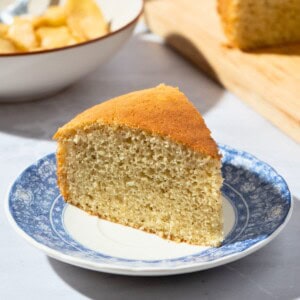











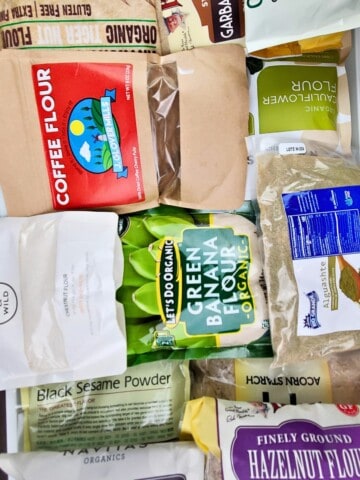
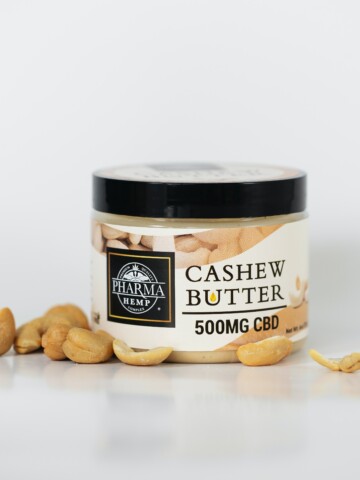
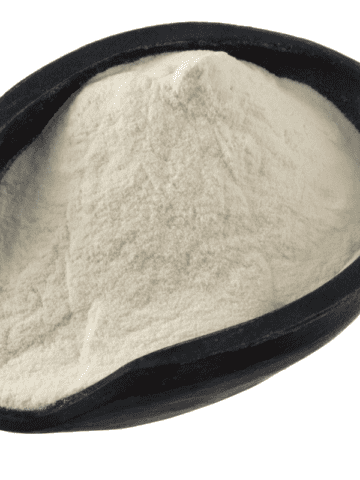
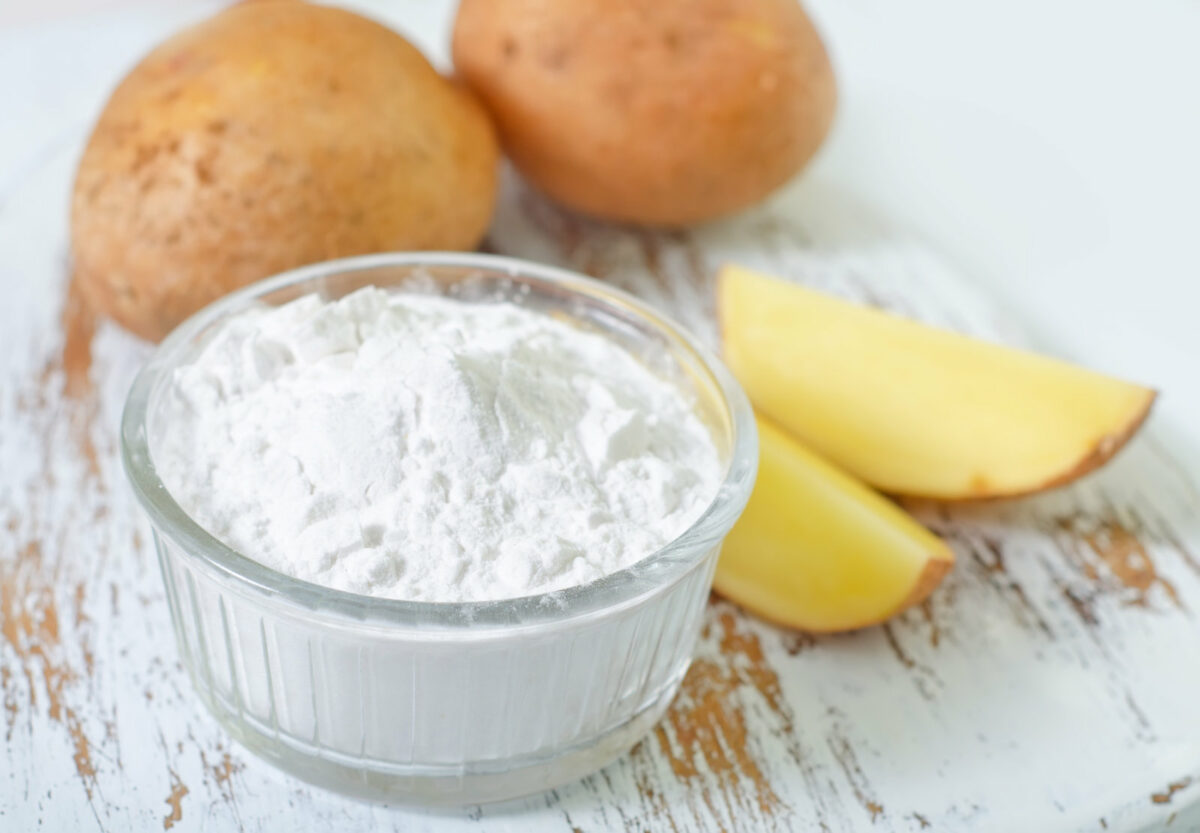
Comments
No Comments